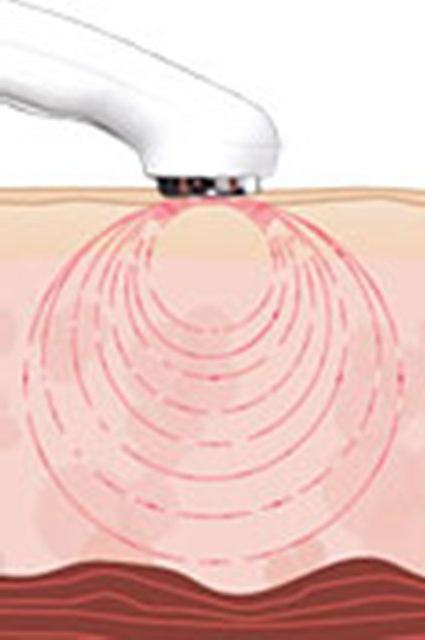If you were being treated by a physiotherapist or chiropractor, then you may have been prescribed ultrasound treatment. This general method is used in the initial stages of treatment for sports injuries, soft tissues, injuries from accidents or pain from arthritis and other joint diseases. It can be used for both joint and muscle pain. Its effectiveness may vary from patient to patient.

The apparatus for ultrasound therapy consists of a console where you can adjust the intensity of the treatment, and a probe through which ultrasound is transmitted. Attached to the machine is a special gel that is rubbed into the upper part of the skin to ensure the passage of sound waves. The device produces high-frequency sound waves (too high for the human ear, so we don’t hear them), which are transmitted to the human body through a probe. Sound waves penetrate deep into tissues and muscles and create a tingling sensation or gentle heat. The doctor may combine anti-inflammatory drugs with the gel. Sound waves promote the penetration of drugs into the tissue, which also reduces pain and inflammation.
The sound waves generated by the ultrasound machine cause the tissues to vibrate, which creates a feeling of warmth. Heat, in turn, stimulates the expansion of blood vessels, which contributes to the flow of blood, oxygen and nutrients into the area. Increased blood flow also helps remove cell waste .
Ultrasound therapy, of course, is not a panacea for all chronic pain conditions, but it can help reduce pain if you have:
- arthrosis;
- myofascial pain;
- pain caused by scar tissue;
- phantom pains ;
- stretching.
In addition, ultrasound is also used in cosmetology. It helps to get rid of:
- acne
- freckles
- excess fat;
- fine wrinkles.
It also improves the condition of the skin as a whole.
There are two main types of therapeutic ultrasound: thermal and mechanical. They differ in the speed with which the signal passes through the tissue:
- thermal ultrasound therapy uses the continuous transmission of sound waves that cause molecules to vibrate in deep tissues, which creates a feeling of warmth. The thermal effect in the treatment of soft tissues increases the metabolism in them;
- mechanical ultrasound therapy uses ultrasonic pulses. Although a slight sensation of warmth appears, it also causes the expansion and contraction of small gas bubbles in the soft tissues. This reduces the inflammatory response, tissue swelling, and pain. Such therapy is considered safe if it is licensed and if the therapist keeps the sensor head in constant motion.
Ultrasound therapy: contraindications
It should not be used on such parts of the body:
- in the abdominal cavity, pelvis, or lower back in women who are pregnant or during menstruation;
- large skin injuries or fracture healing;
- around the eyes, chest, or genitals;
- in areas with implants;
- next to malignant tumors;
- in areas with poor sensitivity or blood flow.
In addition, ultrasound therapy is contraindicated for people with pacemakers, diseases of the cardiovascular system, acute infections, pregnancy, severe damage to the central nervous system, tuberculosis, and bleeding.
If, nevertheless, you do not feel improvement after several sessions, ask your doctor to choose another treatment for you.